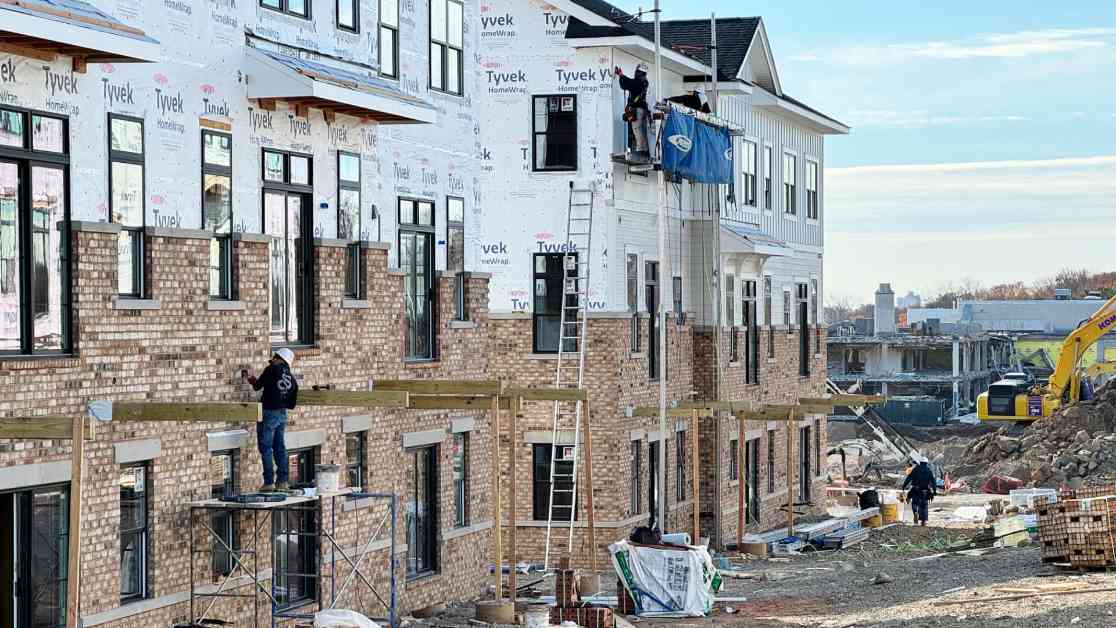Trump’s Strategy to Combat Inflation Through Building More Homes
In a bid to tackle rising inflation levels, President-elect Donald Trump is turning to the housing market for support. The latest consumer price index report revealed mixed news on the shelter front, which plays a significant role in the inflation index. While there was a slight decrease in the annual rise in housing costs, it still remains high at 4.7%, contributing significantly to the overall price gauge. This poses a challenge for the Federal Reserve’s goal of achieving a 2% inflation rate, especially with housing inflation showing a slow decline since its peak in 2023.
The Slow Journey of Housing Inflation
The ongoing imbalance between housing supply and demand has been a persistent issue, dating back to the early days of the Covid pandemic. With housing supply still lagging behind demand by 17% compared to five years ago, rents and housing costs continue to climb. The Federal Reserve’s efforts to lower interest rates have not been enough to counteract the inflationary pressures in the housing market.
Trump’s Economic Platform and Wall Street’s Response
During his presidential campaign, Trump emphasized deregulation and lower interest rates as key economic strategies. While his transition team remains silent on the issue, experts speculate that opening up federal land for construction and reducing barriers for homebuilders could help alleviate the housing crisis. Despite some optimism on Wall Street regarding the housing market’s potential to normalize rent levels, there are concerns about the continued impact of shelter expenses on overall inflation rates.
The Catch-22 Situation for Trump
As Trump aims to address the housing burden to combat inflation, he faces a complex challenge. Lowering interest rates is crucial to reducing housing costs, but until shelter expenses decrease, the Federal Reserve is hesitant to make significant rate cuts. This dilemma poses a significant obstacle for Trump’s inflation-fighting strategy, requiring a delicate balance between monetary policy and housing market dynamics.
As we navigate the intricacies of inflation and housing costs, it’s essential to consider the broader economic implications of these challenges. The impact of housing inflation extends beyond individual rent payments, influencing overall price levels and the Federal Reserve’s monetary policy decisions. By understanding the complexities of these interrelated factors, we can better grasp the nuanced strategies needed to address inflation and housing affordability in a rapidly changing economic landscape.














